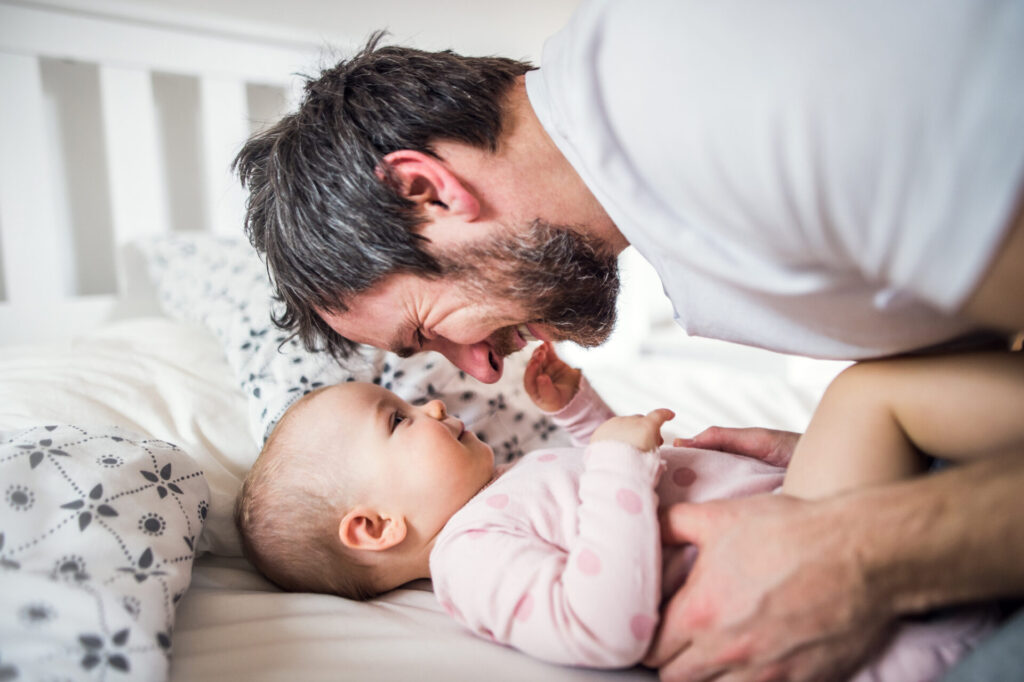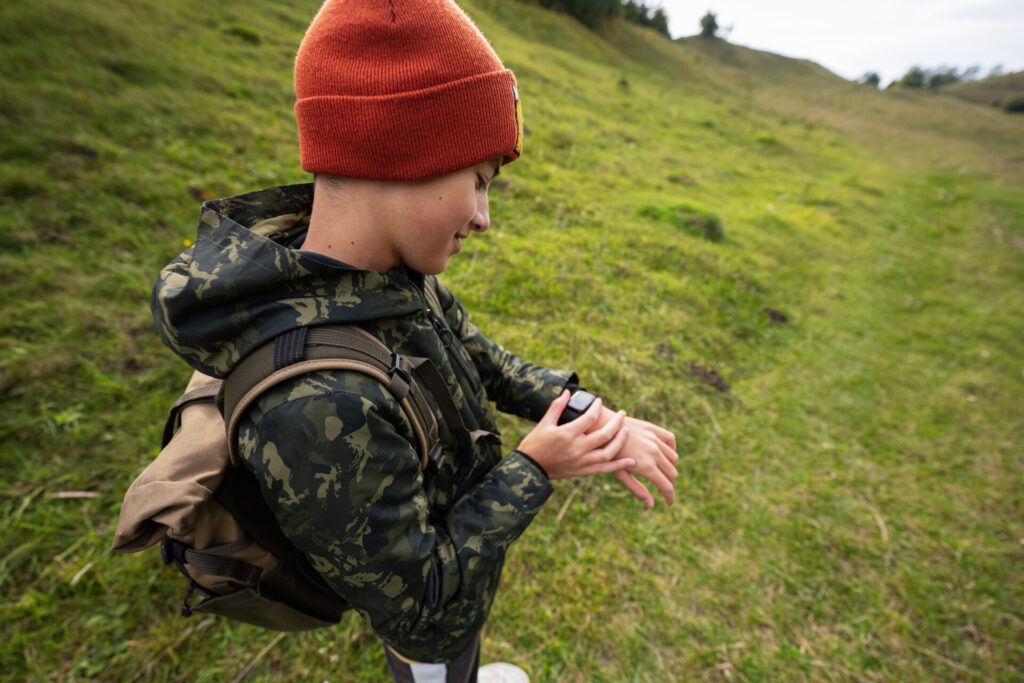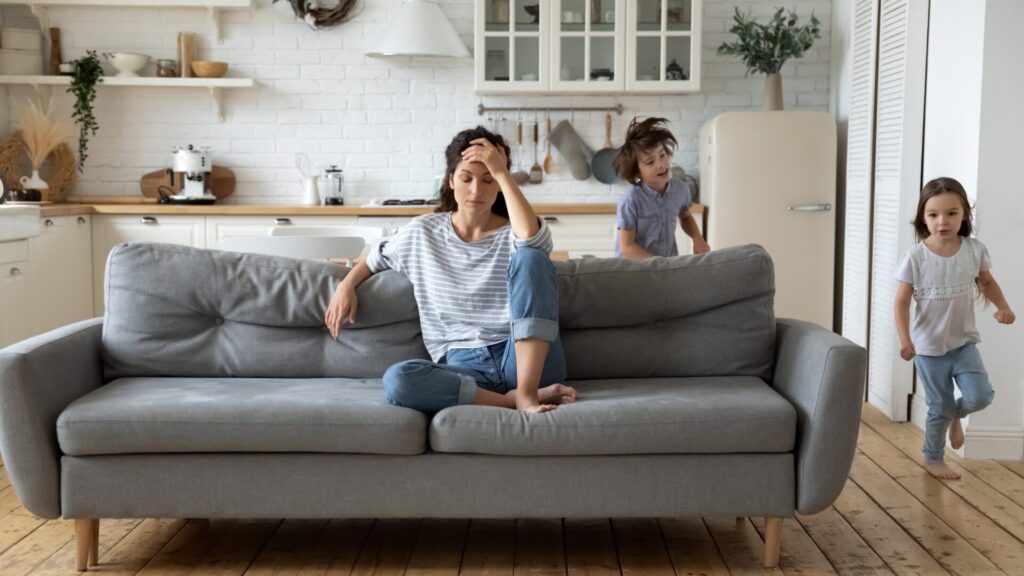Last night you got three hours sleep. Laundry piles have reached a new high and you’ve been sporting the same T-shirt/ jean combo, accessorized with baby spit-up, for weeks. Your little one has decided the grocery store is a perfect place for yet another diaper explosion.

Checking out, the mom next to you gives you a sideways glance as you pack your disposable diapers and earth-unfriendly cleaners into your plastic bag. At this point, the last thing on your mind is being earth-friendly. You’ve got enough to worry about – managing a house, a family and in some cases a career, how are you supposed to be mama nature too?
Good news: There are simple ways to go greener that are easy and affordable, and may help you sleep better at night – even if your little one doesn’t.
LESS IS MORE
Babies are consuming machines. To start on the road to redemption, simply buy
and use less. According to Tamara Champion, CEO of online store Parenting By Nature, newborns need very little. “The truth is, babies need a safe place to sleep, healthy food, warm clothing, diapers and lots of love. Considering these basics, new parents have only a few choices to make.”
Kelly Grindrod, green mama and assistant professor at University of Waterloo’s School of Pharmacy agrees. “If you don’t need it, don’t buy it!” With the rush of being a new parent comes a desire for darling things that your ‘little one’ (read: you) can’t live without. But babies outgrow goods very quickly. And many accessories have excessive packaging, a limited lifespan and serve only one purpose.
Before you buy, ask friends what they used the most (as well as what they didn’t!) and try to find a product that would cover a number of purposes. For example, Kelly bought a co-sleeper convertible that stood attached to the side of the bed for the early months (instead of a bassinet), then turned into a playpen and also packed up as a travel crib.
PURCHASE WITH PURPOSE
If you are a shopper at heart, and don’t want “reduce” to mean limiting your time in the baby aisle, you have lots of options. The key is to be more discerning with what and where you buy. If you find it’s not easy being green, try purchasing less and spending more on longlasting quality.
Look for items made of wood, organic cotton, silk, rubber or wool. Choose BPA-free, stainless steel, silicone, or wood as healthy and safe materials for feeding utensils. Know ahead of time that these items can cost double that of cheaply made plastic, but they are healthier to use and last through future children.
INSIDE OUT
The food you eat can also significantly impact the environment. For moms who choose to do so, breastfeeding is a no-brainer for green feeding. It’s healthy, natural and free, too! For grocery staples like produce, milk, cheese, eggs
and fish, go local, if possible. Kelly chooses delivery services, or seasonal farmers’ markets. Although it costs a little more, eating turned in to a special family activity.
“We found that local food tastes better, so we eat better and throw less out,” she says. “It also comes with less packaging. Another bonus is [they] offer great ideas for using seasonal produce so it encourages us to try new things like celeriac, sunchokes and kale.”
GREEN CLEAN
At home, one of the easiest changes to make is to limit the use of toxic cleaners. Look for natural, chemical-free detergents, sprays and cleaners. Search the web (you can try Eartheasy.com) for tips on how to make your own natural cleaners with ingredients you have in your kitchen. If whipping up a lemon-vinegar concoction isn’t your style, and you would prefer to buy, Tamara recommends reading labels.
“Just because it says it’s ‘green’ doesn’t mean it’s completely free of chemicals,” she says. The terms non-toxic, bio-based, chemical-free, organic, natural fragrance, and/or all-natural are not regulated, so be an imformed shopper. Look for bottles and containers that list ingredients and offer full disclosure.
With all the changes happening in your world, going green doesn’t have to be a big one. Every sustainable choice you make, from the food you pick to the products you buy can help towards a greener family and planet.















